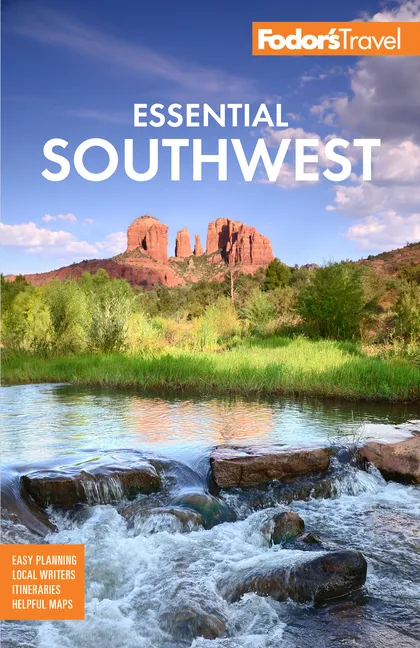Northeastern New Mexico
Northeastern New Mexico
You'll battle neither crowds nor hype in northeastern New Mexico, one of the most underrated sections of the state, and an area well worth exploring. You can have a wildflower-strewn trail through alpine meadows and forests of aspen and ponderosa pine all to yourself, or step back in time in small towns that treasure their pasts. The sheer variety of terrain and climate, and the region's storied role in the history of westward expansion, make this a worthwhile short side trip from Santa Fe or Taos, or a memorable way to enter New Mexico from either Colorado or the Plains states. Just beware the sparse population and relative lack of services and luxury trappings—this is a land of simple, authentic pleasures.
Northeastern New Mexico has been inhabited for centuries by such Native A...
Read MoreYou'll battle neither crowds nor hype in northeastern New Mexico, one of the most underrated sections of the state, and an area well worth exploring. You can have a wildflower-strewn trail through alpine meadows and forests of aspen and ponderosa pine all to yourself, or step back in time in small towns that treasure their pasts. The sheer variety of terrain and climate, and the region's storied role in the history of westward expansion, make this a worthwhile short side trip from Santa Fe or Taos, or a memorable way to enter New Mexico from either Colorado or the Plains states. Just beware the sparse population and relative lack of services and luxury trappings—this is a land of simple, authentic pleasures.
Northeastern New Mexico has been inhabited for centuries by such Native American tribes as the Apaches, Comanches, and Utes, but it wasn't until about 1835 that non–Native American populations arrived in any significant numbers. Hispanic settlers moved up into the area at that time from San Miguel del Vado, which is just south of present-day Interstate 25, and established the Las Vegas Land Grant; Las Vegas has remained a Hispanic stronghold ever since. William Becknell had established Las Vegas as the Mexican port of entry when he brought the first pack train west from Missouri to Santa Fe in 1821, in turn creating a pathway—the fabled Santa Fe Trail—for Americans to spread west. The railroad's arrival in the 1870s and ’80s brought streams of people and goods into northeastern New Mexico, as did the coal mines. Italians, Mexicans, Greeks, Slavs, Spaniards, and Irish all headed to Raton to work mines that first opened in 1879. German-Jewish merchants opened shops in Las Vegas to serve the miners, the railroads, and the local Hispanic population.
In 1908, an African-American cowboy named George McJunkin found a collection of arrowheads in an arroyo near Folsom where he was looking for lost cattle. They looked different from the other arrowheads he'd seen—and indeed they were. Archaeologists eventually determined that the arrowheads had been made by ancient hominids, now known as Folsom Man, who inhabited northeastern New Mexico at least 10,000 years ago.
During the railroad heyday, Civil War veterans homesteaded in the region, some working for Lucien Maxwell, onetime mountain man and fur trader who came to control the largest landholding (1,714,765 acres) in the Western Hemisphere. Many of New Mexico's large ranches date from the era of the Maxwell Land Grant, territory awarded to the father of Maxwell's wife and another man by the Mexican government in 1841. Modern-day land baron Ted Turner now owns an enormous chunk of open land in these parts. The historic Bell Ranch near Solano still maintains an active cattle operation on 290,100 acres, though it originally held 655,468 acres as the Pablo Montoya Land Grant of 1824; as of fall 2010, the entire tract was on the market for a mere $83 million.
History is very much alive in northeastern New Mexico, in the stories and the way of life of the people who live here, in the architecture, and in the landscape itself. Exploring this land of vast plains, rugged mesas, and wild, crystalline streams may well be the best way to immerse yourself in the American West.







